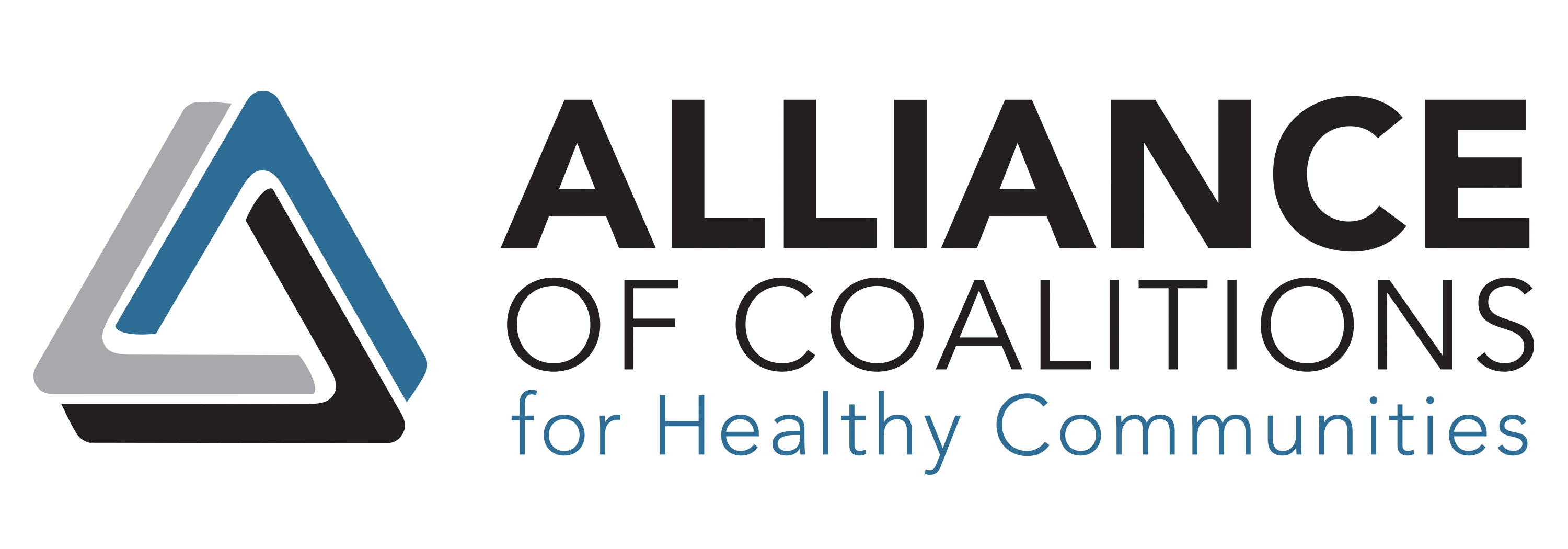The Alliance offers multiple prevention programs that help educate all ages on making healthy choices including how to take preventative measures and reduce risk factors. All presentations and programs are free to the communities we serve.
RISK FACTORS
Youth at the highest risk for alcohol-related problems are those who:
- Begin using alcohol or other drugs before age 15
- Have a parent who is a problem drinker or alcoholic
- Have close friends who use alcohol and/or other drugs
- Have been aggressive, antisocial or hard to control from an early age
- Have experienced behavioral problems and/or are failing at school
- have parents who do not support them, do not communicate openly with them and do not set realistic boundaries for them
- Are experiencing anxiety, depression or some other mental health issue
- Have parents with favorable attitudes toward alcohol and drugs
- Lack parent support, monitoring and communication
sources: SAMHSA – Too Smart to Start
WARNING SIGNS
Although the following may indicate a problem with alcohol or other drugs, some also reflect normal teenage growing pains. Experts believe that a drinking problem is more likely if you notice several of these signs at the same time, if they occur suddenly and if some of them are extreme in nature.
- Mood changes: flare-ups of temper, irritability and defensiveness
- School problems: poor attendance, low grade, and/or recent disciplinary action
- Rebellion against family rules
- Friend changes: switching friends and a reluctance to have you get to know the new friends
- A “nothing matters” attitude: sloppy appearance, lack of involvement in former interests and general low energy
- Alcohol presence: finding it in your child’s room or backpack or smelling alcohol on his or her breath
- Physical or mental problems: memory lapses, poor concentration, bloodshot eyes, lack of coordination or slurred speech
sources: SAMHSA – Too Smart to Start
WHAT YOU CAN DO
Set Standards
- Set clear rules and let your child know drinking is not acceptable
- Tell your child, “I do not want you drinking until you are 21.”
- Share your standards with family and your child’s friends’ parents.
- Enforce the rules you set.
- Make sure alcohol isn’t available at teen parties in your home.
Be a positive role model.
- If you drink yourself, drink responsibly. That means not drinking too much or too often.
- Stay away from alcohol in high-risk situations. For example, don’t drive or go boating when you’ve been drinking.
- Get help if you think you have an alcohol-related problem.
- Do not give alcohol to your teens. Tell them that any alcohol in your home is off limits to them and to their friends.
Support your children and teens and give them space to grow
- Be involved in your teens’ lives. Be loving and caring.
- Encourage your teens’ growing independence, but set appropriate limits.
- Make it easy for your teens to share information about their lives.
- Know where your teens are, what they are doing, who they are with and who their friends are.
- Find ways for your teens to be involved in family life, such as by doing chores or caring for a younger brother or sister.
- Set clear rules, including rules about alcohol use. Enforce the rules you set.
- Help your teens find ways to have fun without alcohol
- Don’t let your teens attend parties where alcohol is served.
- Help your teens avoid dangerous situations such as riding in a car driven by someone who has been drinking.
- Help your teens get professional help if you’re worried about their involvement with alcohol.
source: Office of the Surgeon General (2007) The Surgeon General’s Call to Action to Prevent and Reduce Underage Drinking: A Guide for Families ( PDF 889KB ) Rockville, MD: Department of Health and Human Services
